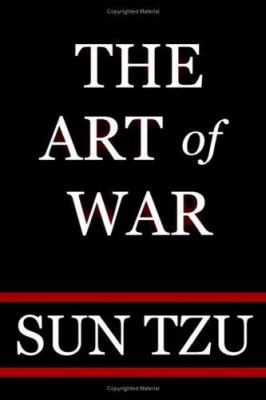A Rightful Inheritance
Customer Reviews
Rated 5 starsExcellent Orientation with Solid Decision guidance for Executives & Managers
Excellent guide with highly useful background information, detailed guidance, helpful diagrams with enough information to lead decisions as VP/Manager, even the project team members will benefit greatly from this wonderful book.
0Report
Rated 5 starsExcellent final user manual
In few words: If you are not a SAP consultant (and you are not expected to be so) and you need to take up working on SAP as a final user next monday: read this book. On monday, this easy to read book, will allow you to show off as an experienced SAP user. The explantions "on the screen" showed by the book let you directly to the outcome you are looking for: to easily perform usual tasks in order entering, price updating,...
0Report
Rated 5 starsPow-Wow!
By the time I finished CHAPTER 6 (no worries, they are all very short chapters), I feel as if I have used SAP! It's amazingly simple (yet comprehensive) in its explanation and you don't need to be a technological buff to understand SAP/ this book! Highly recommends this INCREDIBLE book to all out there who have always wanted to know about SAP but have no experience with it! Also provides very precise step-to-step guide...
0Report
Rated 5 starsConcise guidence in executing business processes
One of the best books in the market that clearly describes execution of the step by step business processes in very simple language using a real life-like scenario. The book also provides an excellent overview of IMG. I would strongly urge the auther to consider writing books for individual functionalities, i.e., MM, QM, etc. with greater detail.
0Report
Rated 5 starsexcellent introduction and more
this is the one and only book about sap which covers its complexity in a logical manner. i highly recommend it both for novices and pros, users and implementers -- and mostly for consultants with a keen interest in general and specific business processes.
0Report






















